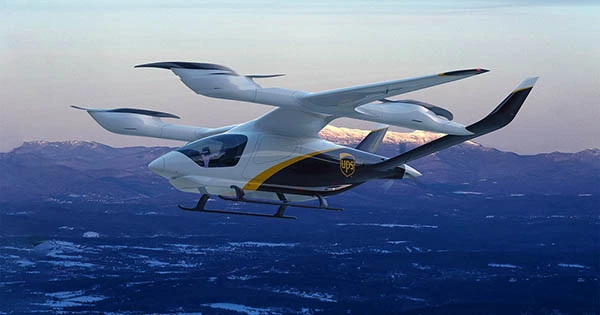This year was a turning point for the electric vertical take-off and landing (eVTOL) business, with billion-dollar exits, multibillion-dollar venture transactions, and new alliances. However, in many respects, the previous year may compare to the preparation of a chessboard before a game: the pieces are in position. It is now time to have some fun. That implies 2022 will be a make-or-break year, at least for those developers who have declared publicly that they want to start commercial operations in 2024.
What does the future hold for them, as well as the sector as a whole, in the next year? The following are some of the most important forecasts and trends to keep an eye on in the next year. Overall, experts, analysts, and venture capitalists we spoke with seemed to agree that 2022 will be critical for separating the wheat from the chaff, particularly when it comes to aircraft certification with the Federal Aviation Administration, which is a requirement for any company hoping to get their aircraft off the ground.
“Certification will undoubtedly be the key story of 2022,” said Sergio Cecutta, founder and partner of SMG Consulting. “It is ‘put up or shut up’ year.” Companies who wish to enter service in 2024 must begin flying with the FAA for certification credit by the end of next year, according to Cecutta, due to certification schedules.
IDTechEx’s David Wyatt, a technology expert, concurred. “I want to see more airplanes in the skies in 2022,” he remarked. “They have to start having large aircraft in the air and truly showing the capabilities of those aircraft by [2024] to have something that’s certifiable.” “They’re not going to be whole, finished goods,” he noted, “but you’d want to see a tremendous ramp-up in prototyping from these firms that have raised the money.” “They need to begin showing to investors that they can manufacture these planes and get them through flying certification.”
While many of the major participants in eVTOL are startups (or startups-turned-public corporations as a result of SPAC acquisitions), they aren’t the only ones hoping to cash in on the potentially massive market for air taxis, drone deliveries, and other electric aviation applications. Hyundai and Honda have made no secret of their eVTOL goals, with Hyundai revealing a concept eVTOL at the 2020 Consumer Electronics Show. It started at the end of 2021 that it has split out its urban air transportation branch, Supernal, into a new commercial organization with the goal of delivering an aircraft to market in 2028.
Toyota and Stellantis, in particular, have already begun to participate, with large investments in Joby and a production agreement with Archer, respectively. However, Cyrus Sigari, co-founder and managing collaborator of UP Partners, believes that other manufacturers will announce their own eVTOL projects next year. “I wouldn’t be shocked if Ford or GM made a significant move in 2022,” he added.
2021 was unquestionably the year of the SPACs, as we chronicled in part one of our E-VTOL retrospectives. Not only in E-VTOL but also throughout the electric transportation market, this financial vehicle has seen significant traction. It is uncertain if this trend will continue into 2022, but given the high capital requirements of the aviation industry, more companies may resort to the public markets for a large injection of cash. SPACs, according to Amy Burr, head of airline JetBlue’s venture capital arm, maybe the ideal method for pre-revenue firms like electric aircraft manufacturers to obtain funds and gain access to public markets.















